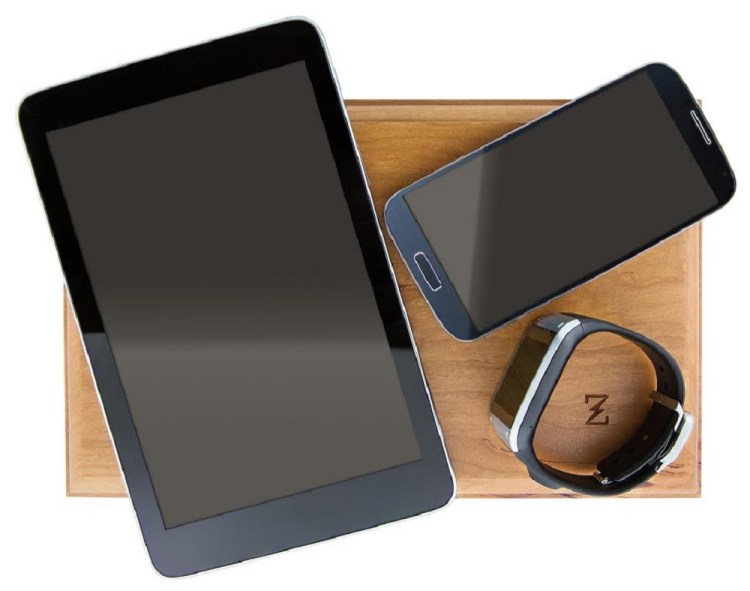Charging a smartphone using wireless technology has been hit-or-miss. Sometimes it works, and sometimes it doesn’t. Or it just takes a long time.
Communications chip giant Broadcom wants to change that by introducing a new chip with a new standard for a wireless charging platform. The technology takes advantage of Rezence, a wireless power-transfer specification that uses the principles behind magnets to charge devices that aren’t physically attached with a wire.
The Irvine, Calif.-based Broadcom said the system will work with its Bluetooth WICED (pronounced “wicked”) family of smart connectivity systems for the home. The new chip will consist of a WICED component combined with a multi-standard smartphone power management unit. The power management unit will automatically choose among the proper charging protocols so that consumers can “drop and go,” or put multiple devices on a single charging surface without worrying about alignment.
Rezence is compatible with existing wireless charging standards such as A4WP, PMA, and WPC. And Rezence uses Bluetooth Smart to communicate between the smartphone and the charging surface.
“Broadcom’s new wireless charging technology enables device manufacturers to build multi-standard wireless power receivers, alleviating consumer confusion and driving the benefits of Rezence technology into the mainstream,” said Reinier van der Lee, Broadcom’s product director for mobile platforms, in a statement. “Broadcom delivers the complete package — interoperable wireless charging, leading mobile connectivity and WICED Smart technology for charging pads, simplifying the development process and enabling a fully interoperable ecosystem to our customers.”
Broadcom said the efficiency of the AC to DC charging is 88 percent. It supports up to 7.5 watts for faster charging time than an USB connection or wall charger. And it uses 50 percent less voltage. The Broadcom BCM59350 wireless charging smartphone power management unit is available in samples now.
“Demand for wireless charging is set to explode over the next five years,” said Ryan Sanderson, an analyst at IHS Technology. “IHS forecasts the number of devices shipped annually that are enabled to charge wirelessly to increase to over 50 million in 2014 and accelerate to 900 million in 2018. This is projected to drive a combined market for wireless power receivers and transmitters worth $8.5 billion in 2018.”
VentureBeat's mission is to be a digital town square for technical decision-makers to gain knowledge about transformative enterprise technology and transact. Learn More

